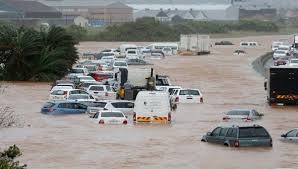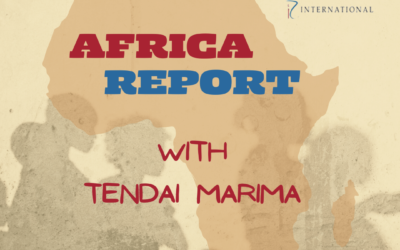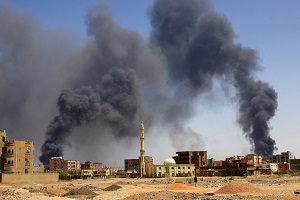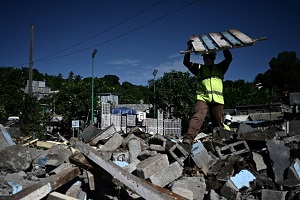Annisa Essack | kzn@radioislam.org.za
12 March 2023 | 17:00 CAT
2 min read

Photo Credit: teleSUREnglish
Researchers from Wits and the University of Brighton in the UK say that the 2022 Durban floods were the most catastrophic yet recorded and the most catastrophic natural disaster yet recorded in KZN in collective terms of lives lost, homes and infrastructure damaged or destroyed and economic impact. Research indicates that flooding events in the province have doubled in the last century.
WITS Professor Stefan Grab from the Wits School of Geography, Archaeology and Environmental Studies spoke to Radio Islam International, shedding light on the flooding that devastated large parts of the province.
With his colleague, Professor David Nash from the University of Brighton, Grab decided to investigate the floods from a historical context. They used historical documents, including one of the earliest newspapers in South Africa, the Natal Witness, to build a flood chronology which helped to determine that the rate of flooding had doubled over the last century.
Comparing the Demoina Flood in 1984 to the July 2023 floods, Grab said that although the Demoina Flood impacted a far greater area, the July 2023 floods saw more lives lost. More than 500 people are said to have lost their lives in 2023.
He further compared the 1984 flooding in KZN to the July 2023 floods and said that the context of the severity is based on either lives and homes lost or the infrastructure destroyed.
On how urbanisation and population demographics contributed to the severity, Grab explained that the current big problem faced was surfaces being unable to absorb water due to buildings and road structures. Another issue that caused the flooding was blocked drains.
Grab said developers must heed as the land in KwaZulu Natal is prone to landslides, and buildings must be built appropriately.
Listen to the full interview with Ml Junaid Kharsany on Sabahul Muslim here







0 Comments